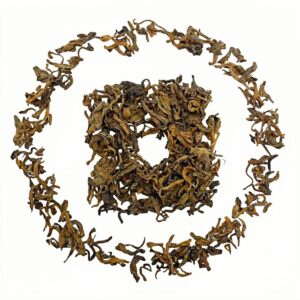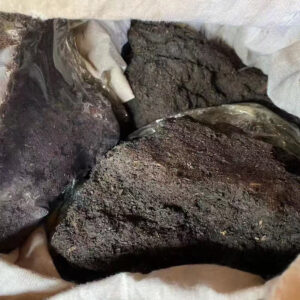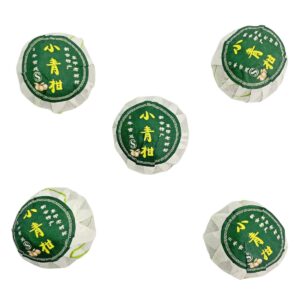Description
Pu’er Tea: An Indispensable Part of China’s 5,000-Year Cultural History
The history of Pu’er tea dates back to the Eastern Han Dynasty (25-220 AD), when ancient inhabitants of Yunnan began harvesting wild tea leaves.
During the Tang, Song, and Yuan dynasties, Pu’er tea became a vital medium for frontier governance through the “Tea-Horse Trade” with Tibet and other regions. In the Yuan Dynasty, Mongolians introduced Pu’er tea to Russia, marking the start of its international journey.
By the Yongzheng era (1729) of the Qing Dynasty, imperial tribute tea fields were established, elevating Pu’er tea to royal tribute status and its golden age. The Qianlong-era plaque “Tribute to the Heavenly Dynasty” affirmed its prestige, while the Tea Horse Road trade flourished, exporting it to Tibet, Southeast Asia, and Europe.
Pu’er tea’s post-fermentation特性 grants it the “more aged, more fragrant” quality. Qing royalty regarded it as “drinkable antique,” and today it symbolizes both consumption and collectible value.
Traditional Chinese medicine credits Pu’er with “aiding digestion and cutting greasiness,” while modern studies confirm its lipid-lowering and antioxidant effects. This health legacy secures its unique role in contemporary tea culture.
The craftsmanship of Pu’er (tribute tea) is a National Intangible Cultural Heritage. In 2022, UNESCO inscribed it on its Representative List of the Intangible Cultural Heritage of Humanity.
Let me take you back to 2003, when tea masters in Menghai County revived a Qing Dynasty tradition. The “Fangzhuan” (方砖) square brick shape was originally designed for camel caravans on the Tea Horse Road – compact, durable, and aging beautifully. This batch was pressed under a full autumn moon using leaves from 100-year-old arbor trees. My uncle, who supervised the pressing, still says: “Each brick holds a map of the forest’s whispers.”
The Geometry of Time
Arbor Tree Harvest: Hand-picked from untamed tea forests at 1,800m elevation.
Sun Withering: 10 hours under bamboo mats to preserve wild enzymes.
Iron-Pan Frying: Hand-stirred in iron woks over pine wood fires – the secret to locking in floral notes.
Stone Mold Pressing: 25kg granite molds shape leaves into precise 100g bricks.
Natural Aging: Stored in mulberry paper, breathing with Kunming’s dry winters and humid summers.

Pu’er Tea Brewing Method:
Water Temperature: Use 100°C boiling water, preferably mountain spring water.
Teaware: White porcelain gaiwan/purple clay teapot/Nixing pottery (recommended), fairness cup, and tasting cup.
Tea Quantity: 7-10 grams (adjust according to personal taste preference).
Rinsing: Quickly pour boiling water to fill, then pour out within 5 seconds (rinse 1-2 times).
Brewing: For the first 3 infusions, steep for 5 seconds after adding water, then increase steeping time by 5 seconds for each subsequent infusion. Can be brewed over 10 times.
Awakening: Aged tea requires awakening to remove storage odors. Place the tea leaves on a tea tray and let rest for 30 minutes before brewing for better flavor.










